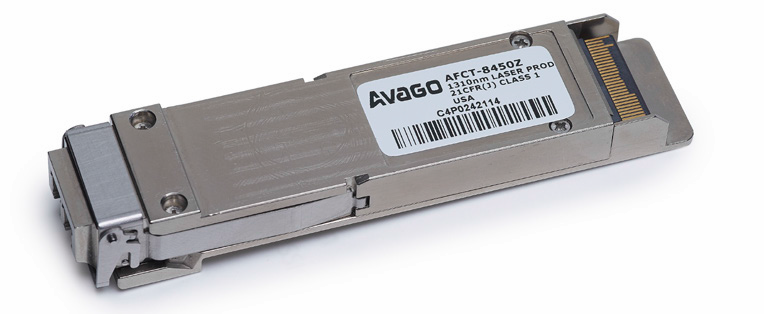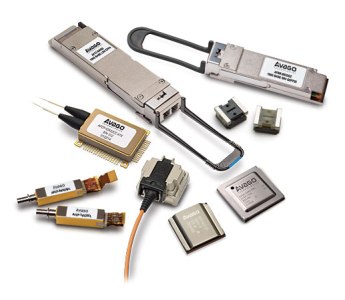Early computers were bandwidth-limited when it came to local and global connectivity. At one time, 50- and 110-baud systems were the backbone of the most advanced communications network, and 1200-baud electromechanical encoders and decoders were good enough to pass real-time military data between remote teleprinter outposts, even wirelessly.
Data was tight then. No graphical user interfaces, no pictures, no audio streaming, or video. Tokenized representations of data served to compress information and maximize the use of the band. Early electromechanical fax machines gave the most updated real-time battlefield information and paved the way for image compression and manipulation using frequencies and frequency modulations.
In a relatively short amount of time, the analog realm of tones and filters has given way to the digital world of SerDes and fibers. Who could imagine the amount of data individuals use and need every day? Yet, modern devices tie together telephones, web browsers, e-mail clients, cameras, quality stereo audio, DVR, Internet, TV and apps. All this content is remotely stored and streamed on-demand through a single pipe.
Already, central offices, cellular servers, data centers, communications hubs, and even large end-users like hospitals and universities need higher communications bandwidths and densities to keep up with demand. As system administrators plan for live retrofits of higher density racks of servers, and changes to Top of Rack (ToR) topologies, they are counting on the latest advances in these technologies.
Vertical-cavity surface-emitting lasers (VCSELs) are a key part of any strategy presently and going forward. Surface emitting means simpler and more reliable mounting and coupling to the fiber compared to edge emitters. And, advances in VCSELs are moving the 25 G fiber-optic transceiver modules for Ethernet, InfiniBand and high-performance computing (HPC) applications to aggregate to 400 G links for data centers.
Next-generation equipment can now take advantage of the 100 G multimode glass 850 nm VCSELs with parts like the AFBR-89CDDZ. This 4-channel pluggable short-range transceiver module is designed to operate over multimode fiber systems and can use conventional 8-fiber or 12-fiber MPO connections.
Similarly the AFCT-8450Z CFP4 transceiver takes aim at 100 GbE long-range data communications (IEEE 802.3 100GBASE-LR4 and OTN/OTL4.4 specifications compliant). Edge-type 56-pin contacts allow easy removal, insertion and updating from older lower-speed devices (Figure 1).

Figure 1: Dual-rate pluggable 100 G Ethernet Optical Transceivers support single-mode fiber at rates to 103.125 Gbits/sec. (Source: Avago Technologies)
Other advanced quads form factor pluggable transceiver modules for 40 GbE routers and switches are the TOSA AFCP-CT4X10D and ROSA AFCP-CR4X10P CWDM 1310 nm single optical channels. But, the demonstrated technologies today will translate into solutions tomorrow.
The most recent demonstrations at OFC 2015 reiterate these trends with near-term ramifications. Avago demonstrated the VCSEL PAM-4 technology for next-generation optical transceivers. Pushing speeds and densities up while lowering power are key concerns for the next layers of data demanded by each of the nodes.
Another key technology is the extended-reach 100 G QSFP eSR4 transceivers. These operate over 300 M multi-mode fibers and extend the size of a data center from rack-to-rack to building-to-building. A demonstration of the 100 G QSFP28 SR4 solution can be seen here.
Interoperability is important as new equipment merges with old. The 128 G fiber channel transceivers were also shown at OFC 2015 interoperating with the 32 G fiber-channel small form factor pluggable SFP+ transceivers supporting higher data rates.
Bi-directional 40 G Quad Small Form Factor Pluggables for serial attached SCSI, 40 G Ethernet, QDR and FDR InfiniBand and other standards can simplify box-to-box and rack-to-rack connections operating over duplex fibers.
To enable higher rack connectivity, ToR switch solutions were also highlighted at OFC 2105 using PCI Express over optics. If history is any indication of trends, we can count on SIG to increase data rates just about every generation. The co-located interconnect between CPU and peripherals maximizes bandwidth. This is needed to handle the more dynamic data flow that high-traffic ToR systems are seeing today.
The takeaway from all this? Data centers need to be faster, switch more traffic, use less power, and route more traffic in the same physical space. New technologies hitting the market today will be key in making tomorrow’s data highways drivable (Figure 2). Imagine how much data each of us will be using then….

Figure 2: Next-generation fiber transceivers will push the signal and traffic densities at higher speeds to new levels while controlling power and maintaining form factor compatibility. (Source: Avago Technologies)
By: Jon Gabay
Advertisement
Learn more about Avago Technologies





